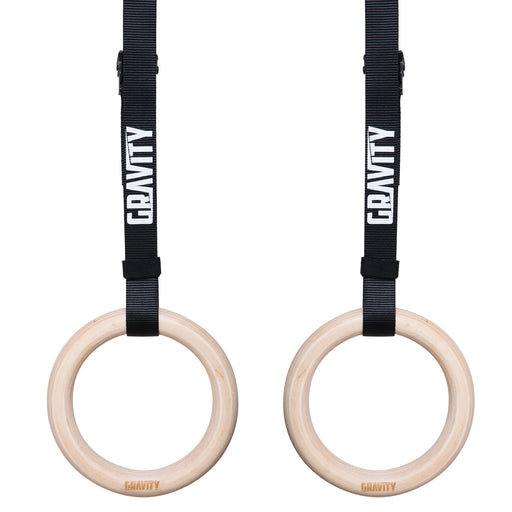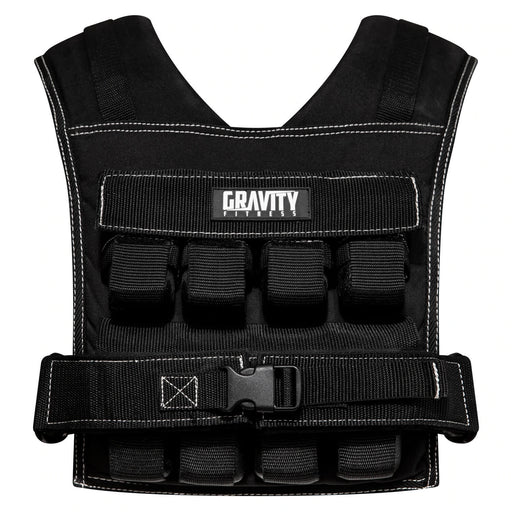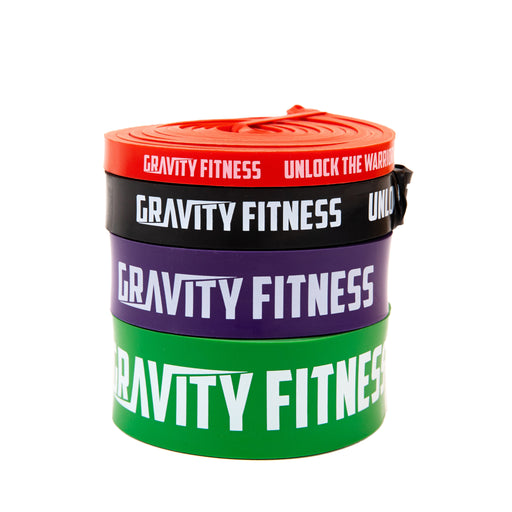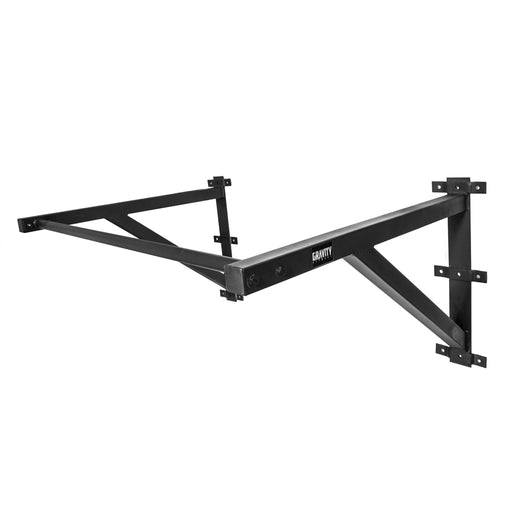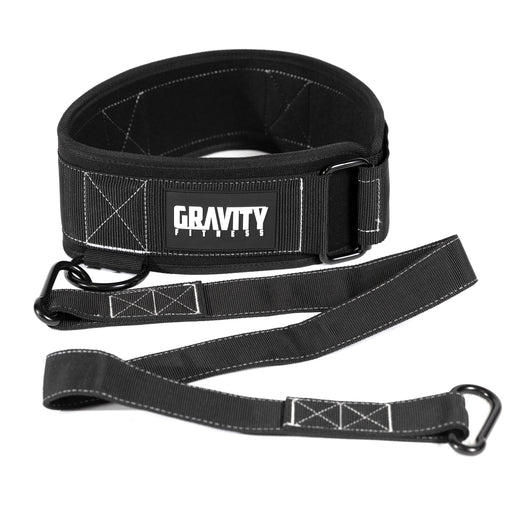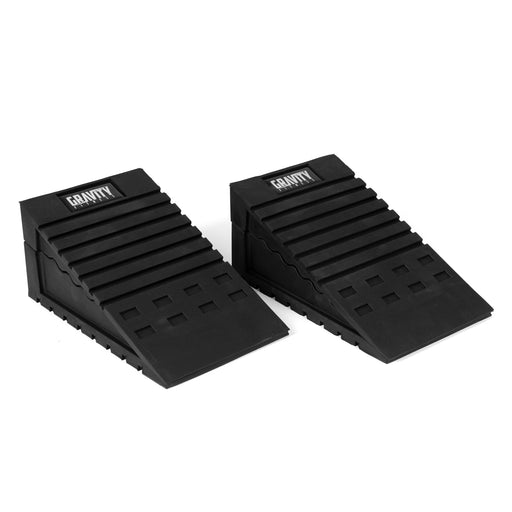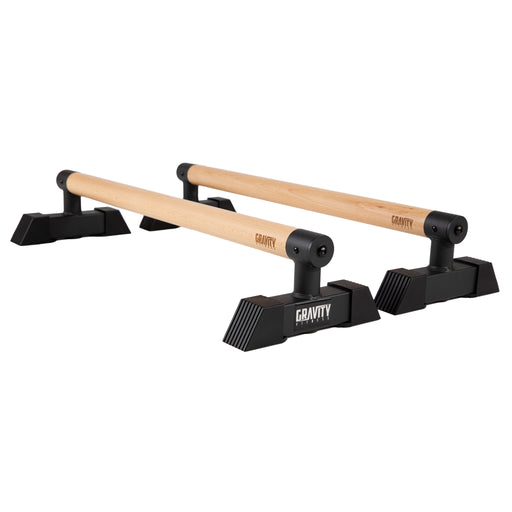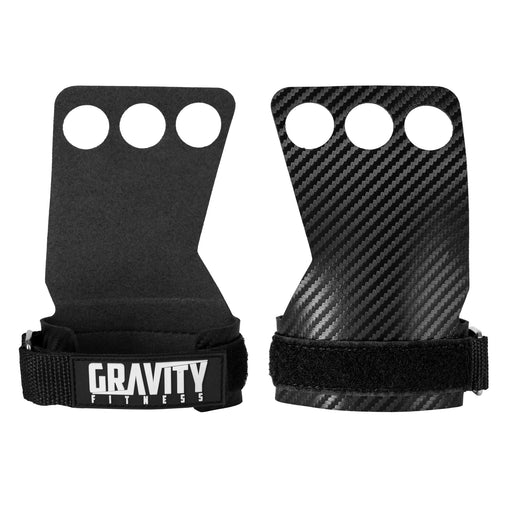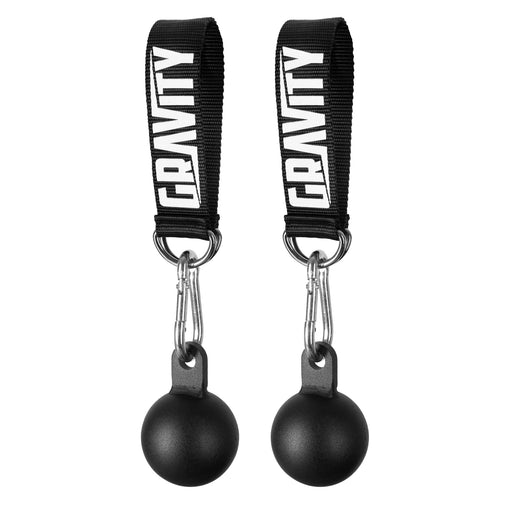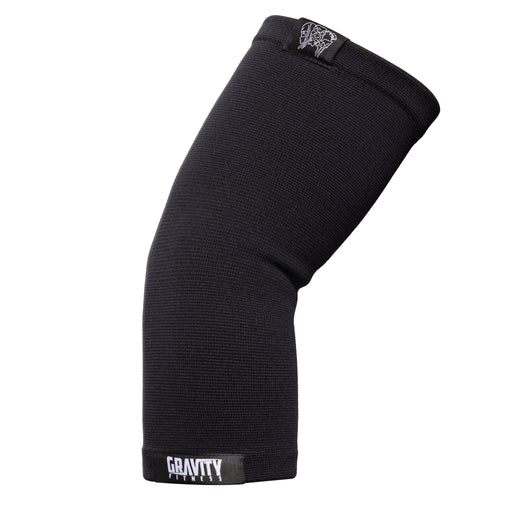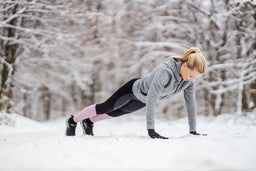
10 Pull-Up Variations With a Pull-Up Rack from Beginner to Advanced
Pull-ups are one of the most effective calisthenics movement for building real, functional strength. With a solid pull-up rack, you can progress from beginner variations all the way to elite-level skills — all without needing a gym membership.
In this guide, we’ll break down 10 pull-up variations you can perform using a pull-up rack, what muscles they target, and who each variation is best suited for. If you’re looking for reliable, portable or in-home racks, check out the portable pull-up rack and don’t forget to check out the video at the end of this article for a full list on how to do loads of different types of pull-ups!
BEGINNER PULL-UP VARIATIONS
Build your foundation, strengthen your grip, and learn proper mechanics.
1. Dead-Hang Pull-Up (Strict Pull-Up) - Why it’s great: Fundamental strength + grip endurance. Start from a dead hang with arms fully extended, then pull until your chin clears the bar. Control the descent for maximum strength gains.
2. Chin-Up (Underhand Grip) - Why it’s easier: Biceps help with the pull. A great confidence-builder for new lifters. Use an underhand grip shoulder-width apart to assist the movement.
3. Scapular Pull-Up - Purpose: Teaches shoulder stability and proper pulling mechanics. Hang from the bar and shrug the shoulders down and back without bending your elbows. This strengthens the lower traps and primes you for clean reps.
4. Assisted Pull-Up (Band or Partner) - Why it works: Reduces load while maintaining full movement pattern. Use a resistance band or a training partner to lighten the pull. Focus on controlled form, not speed.
5. Negative (Eccentric) Pull-Up - Purpose: Build strength faster than standard reps. Start at the top (jump or step up), then lower yourself as slowly as possible. Eccentric training builds pulling power rapidly.
INTERMEDIATE PULL-UP VARIATIONS
For those hitting 5–10 controlled pull-ups and ready to increase difficulty.
6. Wide-Grip Pull-Up - Challenge: More upper-lat demand. Move your hands slightly wider than shoulder width. Avoid going excessively wide — it reduces strength output and increases shoulder strain.
7. Close-Grip Pull-Up - Focus: Mid-lats and biceps. Bringing your hands closer increases range of motion and emphasises vertical pulling mechanics.
8. L-Sit Pull-Up - Skills developed: Core tension + anti-swing control. Lift your legs straight out in front of you while pulling. This variation builds body control essential for high-level calisthenics.
9. Neutral-Grip Pull-Up - Why it’s useful: Shoulder-friendly & balanced strength. Perfect for those who experience shoulder discomfort during wide or pronated grips. Great for volume training.
10. Commando Pull-Up (Mixed Grip) - Benefits: Grip versatility + rotational strength. Stand sideways to the bar and pull up between your hands. Alternate sides to balance the body.
EXPERT PULL-UP VARIATIONS
High-skill movements requiring control, strength, and technique.
11. Archer Pull-Up - Skill focus: One-arm pulling strength. Pull your body towards one hand while keeping the opposite arm straight. This builds the unilateral strength needed for the one-arm pull-up.
12. Typewriter Pull-Up - Why it’s advanced: Intense time under tension. At the top of the pull-up, move your body left and right as if tracing a typewriter. This loads the lats heavily and challenges stability.
13. Chest-to-Bar Pull-Up / High Pull - Purpose: Muscle-up progression. Pull explosively, aiming to bring your chest to the bar or higher. Build power first — then finesse.
14. Around-the-World Pull-Up - Challenge: Full 360° control. Pull up to one side, travel across the bar while staying high, then lower on the other side. This tests shoulder stability and core tension.
15. One-Arm Pull-Up (or Assisted One-Arm Pull-Up) - The pinnacle: Peak pulling strength. This is one of the hardest bodyweight pulling exercises on the planet. Start with assisted versions using a band or a fingertip grip on the opposite hand.
The Complete Pull-Up Guide
How to Structure Your Pull-Up Progression
Beginner Goal:
3–5 sets of 3–6 controlled reps (or negatives)
Intermediate Goal:
3–4 sets of 5–10 reps of clean form across variations
Expert Goal:
Quality over quantity — 3–6 reps per set with perfect control
How to Progress Safely
Even with advanced variations, progression doesn’t need to be complicated. Focus on:
-
Full range of motion (dead-hang to chin over bar)
-
Controlled eccentrics (slow lowering)
-
Consistent reps and frequency
-
Grip variety to prevent plateaus
And crucially, choosing the right calisthenics equipment matters. If you need a reliable pull-up rack, Gravity Fitness offers doorway bars, wall-mounted bars, free-standing stations, and more.
Explore all pull-up bars here: https://gravity.fitness/collections/pull-up-bars
Pull-up racks open the door to an enormous range of calisthenics progressions. Whether you're mastering your first chin-up or working toward a muscle-up, the right pull-up bar setup makes all the difference.














